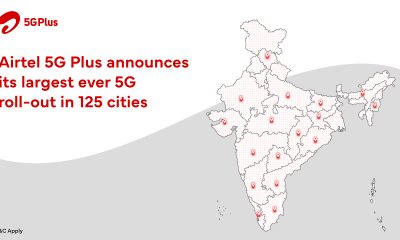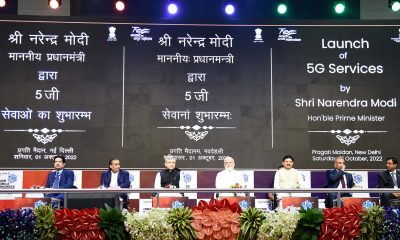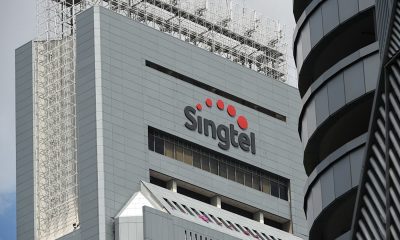3g
Airtel shuts down 3G network in Kolkata
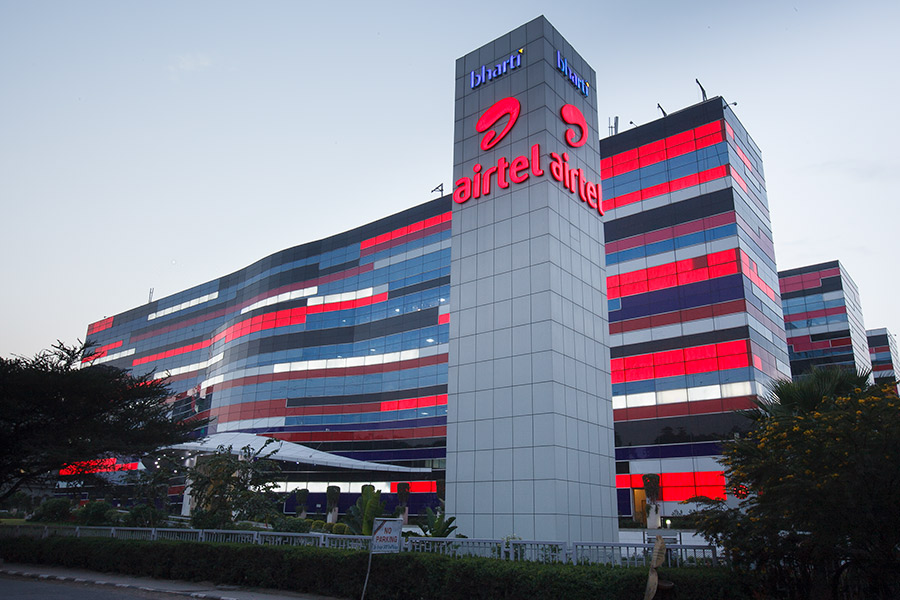
NEW DELHI: In one of the first phase outs of 3G technology globally, Bharti Airtel today announced the shutdown of its 3G network in Kolkata.
Airtel mobile broadband services in city will now be available on high speed 4G.
Airtel has refarmed the 900 MHz band spectrum being used for 3G to further strengthen its 4G network. The Company is deploying state-of-the-art L900 technology in the 900 MHz band to complement its 4G services in the 2300 Mhz and 1800 Mhz bands.
With L900, Airtel smartphone customers will enjoy improved 4G availability inside buildings – homes, offices and malls. It will also result in wider availability of Airtel 4G and a superior network experience across Kolkata.
3g
Airtel shuts down 3G network in Haryana, upgrades customers to high speed 4G network
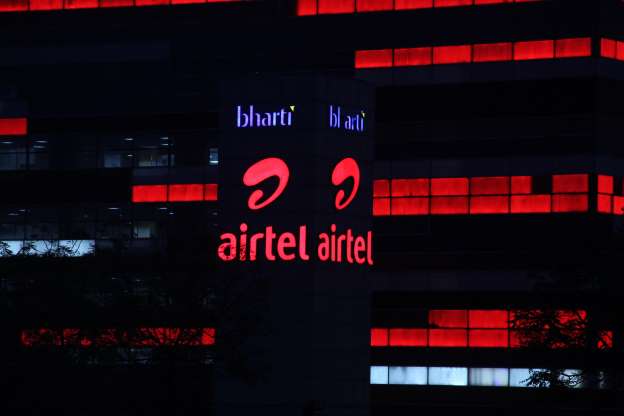
NEW DELHI: In line with its plans to phase out 3G technology across India, Bharti Airtel announced that it has shut down its 3G network in Haryana.
Airtel mobile broadband services in Haryana will now be available to customers on its high speed 4G network along with HD quality VOLTE calling. Haryana is the second telecom circle after Kolkata to see the discontinuation of 3G services by Airtel.
All customers on Airtel 3G were duly notified and requested to upgrade their handsets/SIMs to continue enjoying best-in-class smartphone experience on Airtel 4G. Customers who are yet to upgrade their 3G handsets/SIMs will continue to get access to high quality voice services. Airtel will continue to provide 2G services in Haryana to serve the connectivity needs of customers on feature phones.
Manu Sood, Hub CEO- Upper North, Bharti Airtel said: “The existing smartphone ecosystem has clearly shifted towards 4G devices as customers look to upgrade to high speed 4G services. The deployment and augmentation of 4G (LTE 2100) and re-farming of 3G spectrum is in line with our national strategy of focusing on serving quality customers with best-in-class service experience.”
In Haryana, the re-farming of 3G spectrum (2100 Mhz) to 4G (LTE 2100) shall further boost the network capacity and wider availability of Airtel 4G services across the state. Airtel has deployed the 2100 MHz band spectrum to further strengthen its 4G network in the state. With this, Airtel now offers high speed 4G on a solid tri-band spectrum bank – 2300 Mhz (TD LTE), 2100 Mhz (LTE 2100), and 1800 Mhz (FD LTE) to deliver best-in-class mobile broadband experience to customers.
Airtel has been consistently rated as the fastest mobile network in India by multiple globally renowned platforms.
3g
Airtel looking to switch off 3G network across India by March 2020
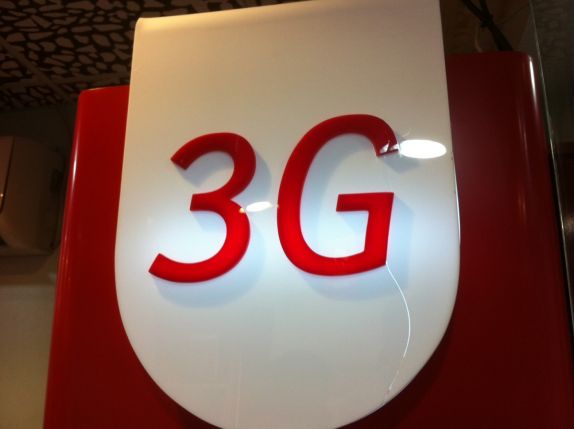
NEW DELHI: Telecom major Bharti Airtel on Friday said that it expects to shut down its entire 3G network across the country by March 2020, the process for which has already started with Kolkata service area.
The company said it is keeping razor sharp focus on driving greater realisation and Average Revenue Per User (ARPU) but emphasised that tariffs need to move up in long term for industry viability.
The process of switching off the 3G network has already started with Kolkata in the recent-concluded June quarter. By September, the shut down will be affected in 6-7 more circles and between December and March the entire 3G network would be shut down, Gopal Vittal, CEO (India and South Asia), Bharti Airtel, said during the company’s post earnings call.
“Yes, we do see an upgrade when someone moves from 2G to 4G…On spectrum, probably by April 2020, we will really have only 2G and 4G. So all our spectrum will sit on 4G other than the administered spectrum which is on 2G, plus a small slug of spectrum that we require to run our 2G networks…everything else will be sitting on 4G band,” Vittal said.
The company has added 8.4 million 4G customers and has 120 million data customers of which about 95 million are on 4G. Data usage by Bharti’s subscribers has now reached over 11 GB/month.
Airtel had said Thursday that in line with its focus on network experience, it has re-farmed spectrum from 3G networks to 4G across both the 900 as well as 2100 bands and begun the process of shutting down 3G networks in India. This has enabled the company to deliver improved indoor coverage as well as enhance capacities, it had said.
The company has emphasised that tariffs need to move up in the long-term for industry viability.
Badal Bagri, Chief Financial Officer of the company, said that the broader industry which has consolidated to three large players continues to see “some semblance of stability”.
“While we have witnessed revenue growth despite any outright tariff increase, we continue to believe that prices needs to move up in the long term to ensure industry viability,” Bagri said.
Airtel said it does not expect prices to move and in fact is prepared for it not to move up despite remaining at “unsustainable” level.
To another query on asset monetisation plans for its fibre infrastructure, the company said it continues to evaluate opportunities that come up.
“We had moved all our fibre assets to 100 per cent subsidiary and we have all approvals in place right now…that is going to be effected in this current quarter. On monetisation, we will continue to evaluate opportunities and at right time we may choose to see what should be the potential structure,” Bagri said.
Bharti Airtel on Thursday posted a staggering Rs 2,866 crore loss for the June quarter, its first consolidated loss in 14 years, as the telco ceded ground to rival Reliance Jio and took a hit from exceptional items such as charges towards accelerated depreciation of 3G network gear.
Airtel had logged a net profit of Rs 97 crore in the June quarter of the previous fiscal. The revenue of the Sunil Mittal-led company rose 4.7 per cent to Rs 20,738 crore during the first quarter ended June 2019.
In its latest report on Bharti Airtel’s Q1 results, Jefferies said that price hikes in India’s mobile business is unlikely in fiscal 2020 and may happen only after Jio becomes the dominant player.
“We believe that price hikes in India’s mobile business are unlikely in FY20 and will happen only after Jio becomes the dominant player with 40 per cent plus market share, which we expect in FY21,” Jefferies said in its note.
Source: Press Trust of India
2g
MTN, Huawei launch Commercial 2G, 3G, 4G & NB-IoT spectrum sharing solution
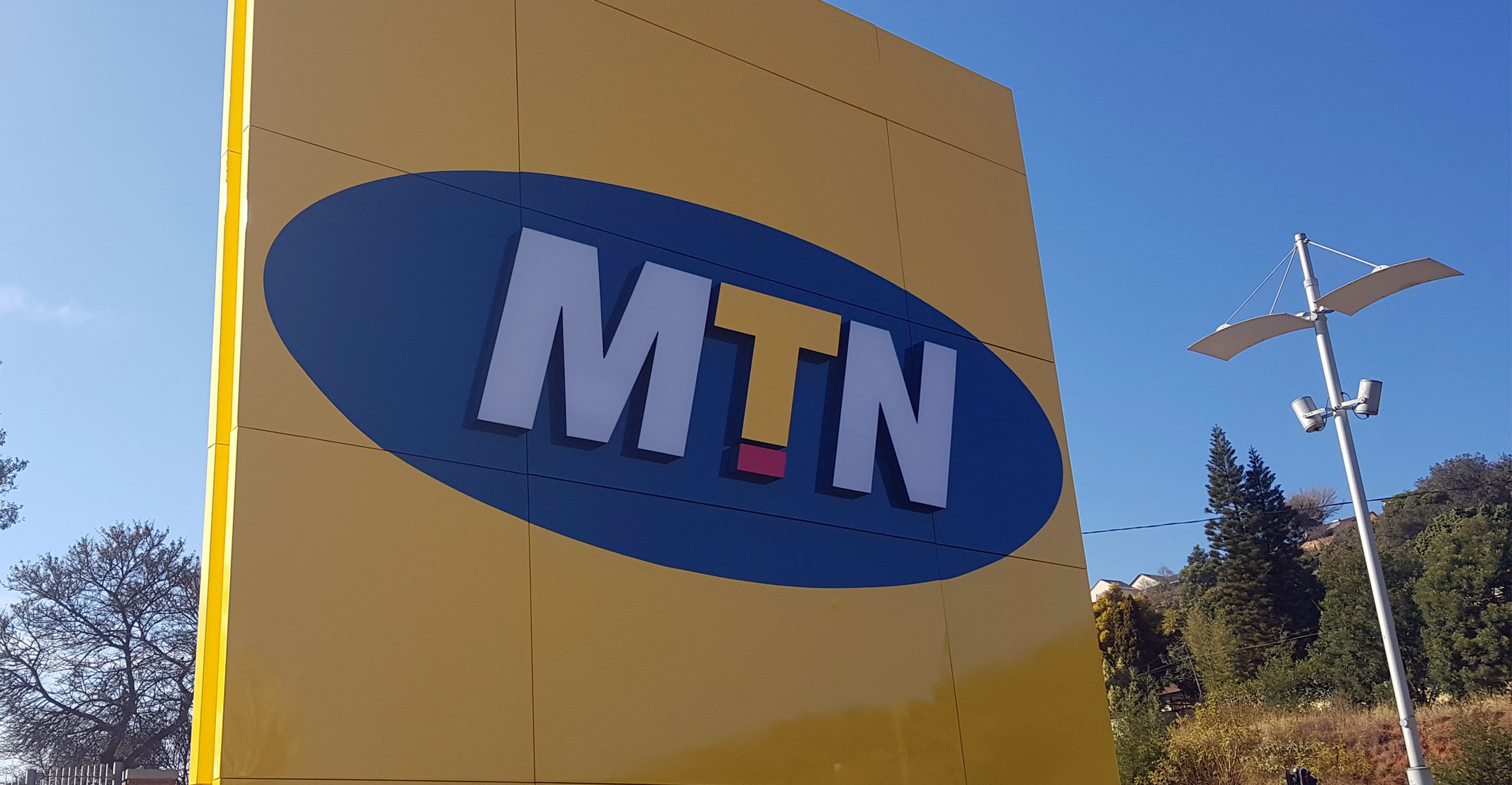
NEW DELHI: In a global first, MTN SA have successfully commercially deployed Huawei’s CloudAIR 2.0 solution to share spectrum between 2G, 3G, 4G and NB-IoT radio technologies in the 900MHz band.
MTN SA and Huawei established a Joint Innovation Program in 2017 to research and trial innovative technologies, such as CloudAIR 2.0, in MTN SA’s network. Huawei’s CloudAIR 2.0 solution supports overlap of 2G, 3G, 4G and NB-IoT services in the 900MHz spectrum band, which enables MTN SA to make more efficient use of its limited 900MHz spectrum allocation and achieve a 45% increase in LTE throughput within the band.
Giovanni Chiarelli, Chief Technology and Information Officer for MTN SA, said: “Spectrum is an extremely precious asset. This new network optimization technique improves spectral efficiency and gives MTN the ability to deploy LTE within the same 900MHz band alongside GSM, UMTS and NB-IoT, while significantly improving LTE coverage and user experience.”
Edward Deng, President of Wireless Solutions of Huawei, said: “The spectrum cloudification sharing capabilities of CloudAIR 2.0 enable the deployment of different radio access technologies within the same spectrum. This solution can allocate and adjust spectrum resources according to the changes of mobile traffic and avoid legacy radio access technologies from occupying prime spectrum, thereby improving spectral efficiency.”
“CloudAIR 2.0 is a valuable solution that can hasten radio technology evolution, to increase network capacity, and improve customer experience.” Edward Deng added.

